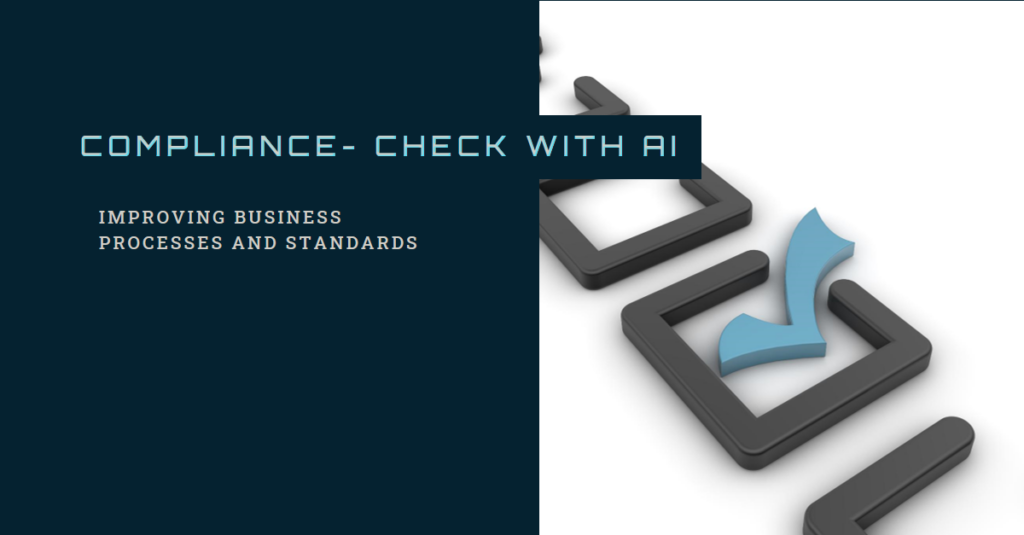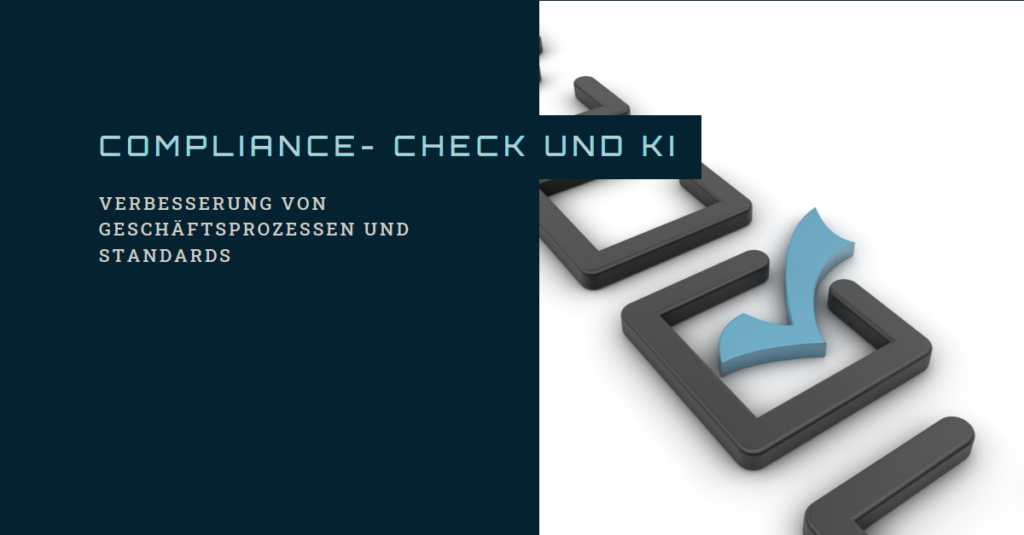Deep Learning and AI Platforms: Empowering Research and Innovation

Deep Learning and AI Platforms (artificial intelligence) have gained significant momentum in recent years, revolutionizing various industries, and driving groundbreaking advancements. In this academical blog, we delve into the realm of deep learning and explore the cutting-edge platforms utilized by tech giants such as Google, Microsoft, Meta, Amazon, and IBM to fuel their AI research.
Compliance checks with AI: Improving business processes and standards

Artificial intelligence (AI) is transforming the way businesses approach compliance checks. By leveraging the power of AI-powered technology, businesses can streamline their regulatory processes, automate routine tasks, and improve accuracy and efficiency.
Compliance-Check mit KI: Verbesserung von Geschäftsprozessen und Standards

Künstliche Intelligenz (KI) verändert die Art und Weise, wie Unternehmen an die Einhaltung von Vorschriften (Compliance-Check) herangehen. Durch die Nutzung der Leistungsfähigkeit der KI-gestützten Technologie können Unternehmen ihre regulatorischen Prozesse rationalisieren, Routineaufgaben automatisieren und die Genauigkeit und Effizienz verbessern.
Beratung
STRATEGIE Eine geeignete Strategie soll fokussiert und flexibel für eine sichere und stabile Zukunft sein. Lassen Sie uns gemeinsam definieren und umsetzen. Mehr erfahren strategy DIGITALISIERUNG & IT Wir unterstützen Sie bei klassischen IT-Themen ebenso wie bei der Implementierung in Ihre Organisation, Managementprozesse und Teams. Mehr erfahren Digitization MARKETING Unsere Marketingkonzepte vereinen die Synergie zwischen […]